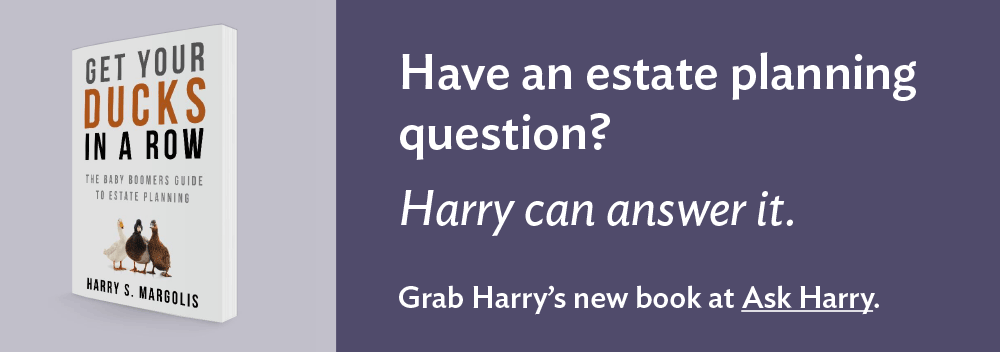Can Divorced Spouse Claim Veterans Long Term Care
 Long-term care costs can add up speedily. For veterans and the surviving spouses of veterans who need in-abode intendance or are in a nursing habitation, aid may exist available.
Long-term care costs can add up speedily. For veterans and the surviving spouses of veterans who need in-abode intendance or are in a nursing habitation, aid may exist available.
The Veterans Administration (VA) has an underused pension do good called Aid and Attendance that provides coin to those who need aid performing everyday tasks. Even veterans whose income is above the legal limit for a VA pension may qualify for the Aid and Omnipresence do good if they have large medical expenses for which they do not receive reimbursement.
Aid and Omnipresence is a pension do good, which means information technology is available to veterans who served at to the lowest degree ninety days, with at least one day during wartime. The veteran does not have to have service-related disabilities to qualify. Veterans or surviving spouses are eligible if they crave the aid of another person to perform an everyday activity, such as bathing, feeding, dressing, or going to the bath. This includes individuals who are bedridden, blind, or residing in a nursing home.
Income and Asset Limit
To qualify, a veteran (or spouse) must not accept a net worth of more than $138,489 (in 2022), which will increase each twelvemonth with cost-of-living adjustments. An applicant'due south cyberspace worth is the total of the applicant's assets and income. A house (upward to a 2-acre lot) will not count every bit an asset even if the applicant is currently living in a nursing home. Applicants will also be able to deduct medical expenses from their income. This can include Medicare, Medigap, and long-term care insurance premiums; over-the-counter medications taken at a dr.'s recommendation; long-term care costs, such as nursing home fees; the price of an in-habitation attendant that provides some medical or nursing services; and the cost of an assisted living facility. These expenses must be unreimbursed (in other words, insurance must not pay the expenses). The expenses should also be recurring, meaning that they should recur every month.
Transfers and Penalties
There is also a three-year look-back to decide if the veteran transferred avails in guild to qualify for benefits. Applicants will have to disembalm all financial transactions they were involved in for three years before the application. Applicants who transferred assets to put themselves below the net worth limit inside three years of applying for benefits will be subject to a penalty period that tin can last as long as 5 years. This penalty is a menstruum of time during which the person who transferred assets is not eligible for VA benefits. There are exceptions to the penalty period for fraudulent transfers and for transfers to a trust for a kid who is unable to "self-support."
The VA will decide a penalty period in months by dividing the amount transferred that would have put the applicant over the net worth limit past the maximum annual alimony rate (MAPR) for a veteran with one dependent in need of aid and attendance. For instance, assume the internet worth limit is $138,489 and an applicant has a cyberspace worth of $118,489. The applicant transferred $30,000 to a friend during the expect-dorsum period. If the bidder had non transferred the $30,000, his net worth would have been $148,489, which exceeds the net worth limit past $10,000. The penalty period will be calculated based on $9,000, the corporeality the applicant transferred that put his avails over the net worth limit ($148,489-$138,489). The VA then takes the MAPR and divides it by 12 to create a penalization rate. So if the MAPR is $22,596, the penalization rate is $ane,883 ($22,596/12). The length of the penalty is then determined by dividing $x,000 by the penalisation rate of $1,883, which equals 5.31, but is rounded downwardly to 5 months.
Almanac Pension Rate (MAPR)
Post-obit are the MAPRs for 2022:
| Single veteran | $24,610 |
| Veteran with one dependent | $29,175 |
| Unmarried surviving spouse | $15,816 |
| Surviving spouse with ane dependent | $18,867 |
Corporeality of Benefit
The amount a person receives depends on his or her income. The VA pays the difference betwixt the veteran's income and the MAPR.
Here's an example: John, a single veteran, has income from Social Security of $xvi,500 a year and a pension of $12,000 a year, and so his total income is $28,500 a year. He pays $twenty,000 a year for home health care, $1,122 a yr for Medicare, and $1,788 a year for supplemental insurance, so his full medical expenses are $22,910. Subtracting his medical expenses from his income ($28,500 - $22,910), John's countable income is $5,590. John could qualify for $19,020 ($24,610 - $five,590) in Aid and Attendance benefits.
To discover out if you lot are eligible for Help & Attendance benefits, contact your attorney. To detect an attorney most you, click hither.
To apply, contact a VA office about you.
For the VA's Guide to Long-Term Care, click hither.
For more information on veterans benefits, click here.
Last Modified: 01/10/2022

ADVERTISEMENT
Source: https://www.elderlawanswers.com/long-term-care-benefits-for-veterans-and-surviving-spouses-6158
0 Response to "Can Divorced Spouse Claim Veterans Long Term Care"
Post a Comment